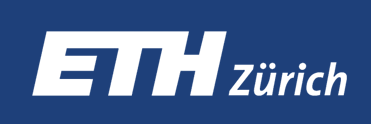@article{kaya2022uncertainty,
title={Uncertainty-Aware Deep Multi-View Photometric Stereo},
author={Kaya, Berk and Kumar, Suryansh and Oliveira, Carlos and Ferrari, Vittorio and Van Gool, Luc},
booktitle={IEEE/CVF CVPR},
year={2022}
}



This work was funded by Focused Research Award from Google(CVL, ETH 2019-HE-318, 2019-HE-323, 2020-FS-351, 2020-HS-411). Suryansh Kumar's project is supported by "ETH Zurich Foundation and Google" for bringing together best academic and industrial research.